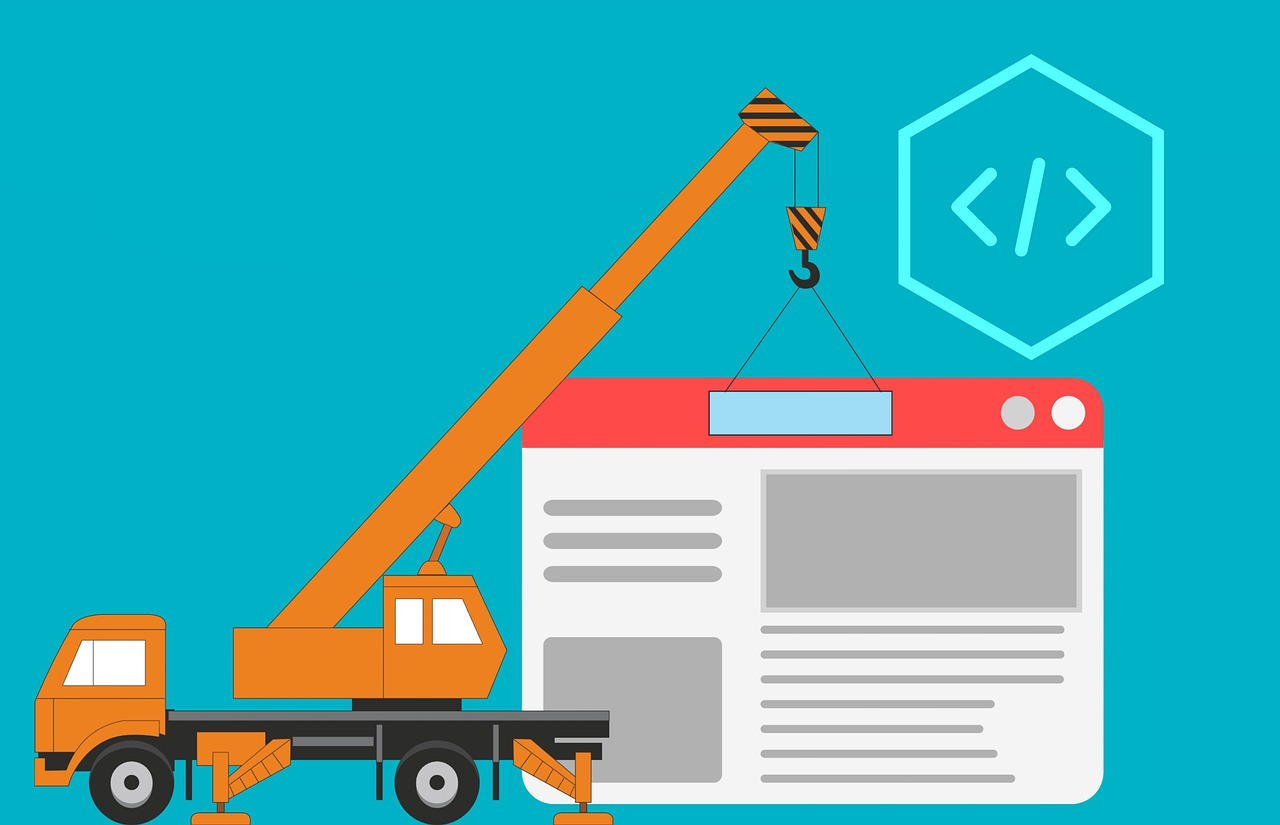Progressive enhancement is a strategy that focuses on building a web experience that starts with a solid, functional foundation and then layers on enhancements for users with more advanced browsers or better internet connections. The core principle is to prioritize the essential content and functionality first, ensuring that every user can access the primary features of a website.
The process begins with a simple, reliable version of a webpage that works across all browsers and devices. This version includes the most critical content and basic functionality. Once this foundation is in place, additional layers of style, interaction, and advanced features are added progressively.
These enhancements improve the user experience for those with modern browsers without compromising the accessibility and usability for others.
-
Accessibility: By focusing on the core content and basic functionality first, you ensure that your website is accessible to a broader audience, including users with disabilities and those using older or less capable devices. This inclusivity is crucial for meeting accessibility standards and providing a positive user experience for everyone.
-
Performance: Progressive enhancement often leads to better performance. By loading the essential content first and then progressively adding enhancements, the initial load time of the webpage is reduced. This approach is particularly beneficial for users with slow internet connections, as they can access the primary content without waiting for all the additional features to load.
-
User Experience: Users with modern browsers and faster internet connections benefit from the enhanced features, improved styling, and interactive elements added through progressive enhancement. This results in a richer, more engaging experience for these users while still ensuring that those with more basic setups can fully access the site's content.
-
Future-Proofing: As new devices and browsers continue to emerge, progressive enhancement ensures that your website remains functional and relevant. By starting with a robust foundation and adding enhancements that can be adapted over time, you create a future-proof web experience that can evolve with technological advancements.
Core Principles of Progressive Enhancement
Progressive enhancement is built upon several key principles that ensure a robust, accessible, and user-friendly web experience. These principles guide the development process, emphasizing the importance of starting with a solid foundation and progressively adding enhancements.
Content First Approach
The content first approach prioritizes the delivery of essential content and basic functionality to all users, regardless of their device or browser capabilities. By focusing on content first, you ensure that:
- Universal Access: All users can access the primary content of the website, even if they are using older browsers or slower internet connections.
- Core Functionality: The basic functionality of the website is guaranteed to work for everyone, providing a reliable and consistent experience.
This approach involves creating a simple, HTML-based version of the site that includes all the essential content and features. This version serves as the foundation upon which additional layers of enhancements can be built.
Layered Enhancement
Once the core content and basic functionality are in place, progressive enhancement follows a process of layered enhancement. This involves adding additional layers of styling, interactivity, and advanced features on top of the basic foundation.
- Styling with CSS: The first layer of enhancement typically involves using CSS to improve the visual presentation of the website. CSS allows you to add styles progressively, ensuring that the website remains usable on older browsers while providing a richer experience on modern ones.
- Adding Interactivity with JavaScript: The next layer involves incorporating JavaScript to add interactive elements and advanced features. This might include dynamic content updates, form validation, and other enhancements that improve the user experience for those with JavaScript-enabled browsers.
- Feature Detection and Enhancement: Using techniques like feature detection, you can apply specific enhancements only to browsers that support them, ensuring that older browsers still provide a functional experience without the advanced features.
Layered enhancement ensures that the website is progressively enhanced for users with more capable browsers, without compromising the experience for those with more basic setups.
Accessibility and Inclusivity
Accessibility and inclusivity are fundamental aspects of progressive enhancement. By prioritizing core content and functionality, you create a web experience that is accessible to a wider audience, including:
- Users with Disabilities: Progressive enhancement ensures that your website meets accessibility standards, making it usable for people with disabilities. This might involve providing alternative text for images, ensuring keyboard navigation, and designing for screen readers.
- Users with Older Devices: Not everyone has access to the latest devices and high-speed internet. By starting with a basic, functional version of your site, you ensure that users with older devices can still access the essential content.
- Diverse Browsers and Connection Speeds: Users access the web through a variety of browsers and connection speeds. Progressive enhancement allows you to cater to this diversity by providing a core experience that works everywhere and enhanced features for those who can support them.
By embracing accessibility and inclusivity, progressive enhancement ensures that your website is usable and enjoyable for the broadest possible audience. This approach not only improves user satisfaction but also aligns with best practices and legal requirements for web accessibility.
How to Implement Progressive Enhancement
Implementing progressive enhancement involves a structured approach to web development that begins with a solid, functional foundation and adds enhancements in layers. This method ensures that your website is accessible and functional for all users, regardless of their browser capabilities.
1. Starting with a Strong Foundation
The first step in progressive enhancement is to create a strong foundation that delivers essential content and basic functionality to all users.
- Semantic HTML: Use clean, semantic HTML to structure your content. This ensures that the content is readable and understandable by all browsers and devices, including screen readers used by individuals with disabilities.
- Minimal Dependence on CSS and JavaScript: The initial version of your site should function correctly without relying on CSS or JavaScript. This means focusing on delivering the core content and ensuring that basic navigation and interactions work without enhancements.
- Robust Markup: Ensure that your HTML is well-formed and adheres to web standards. This not only improves accessibility but also makes it easier to add enhancements later.
2. Enhancing with CSS
Once you have a solid HTML foundation, the next step is to enhance the visual presentation of your website using CSS.
- Progressive Styling: Apply basic styles first and then layer on more complex styles using CSS. Start with simple, essential styles that work across all browsers, and then use CSS feature queries or media queries to add more advanced styles for modern browsers.
- Responsive Design: Use responsive design techniques to ensure that your site looks good and functions well on a variety of devices and screen sizes. Media queries allow you to apply different styles based on the characteristics of the user's device, such as screen width or resolution.
- Graceful Degradation: Ensure that your CSS enhancements degrade gracefully. This means that if a particular style is not supported by an older browser, the site should still be usable and visually appealing without it.
3. Adding Advanced JavaScript Features
The final layer of progressive enhancement involves adding advanced interactivity and dynamic features using JavaScript.
- Feature Detection: Use feature detection techniques to determine whether a browser supports a particular JavaScript feature before applying it. Libraries like Modernizr can help with this by checking for the presence of various features and enabling or disabling enhancements accordingly.
- Unobtrusive JavaScript: Write JavaScript in a way that does not interfere with the core content and functionality of your site. This means ensuring that the site works without JavaScript and then adding enhancements that improve the user experience when JavaScript is available.
- Enhancing Interactivity: Add interactive elements such as dynamic content updates, form validation, and animations. Ensure that these enhancements enhance the user experience without compromising accessibility or usability.
- Progressive Web Apps (PWAs): Consider implementing Progressive Web Apps features, such as offline capabilities and push notifications, to provide a more app-like experience for users with modern browsers.
Benefits of Progressive Enhancement
Adopting a progressive enhancement approach in web development offers several significant benefits. These advantages contribute to creating a robust, accessible, and user-friendly website that caters to a wide range of users and devices.
Improved Accessibility
One of the primary benefits of progressive enhancement is improved accessibility. By prioritizing core content and functionality, you ensure that your website is usable by the broadest possible audience, including those with disabilities and those using older or less capable devices.
- Inclusivity: Progressive enhancement ensures that all users, regardless of their abilities or the technologies they use, can access your website's essential content. This is crucial for meeting accessibility standards and providing an inclusive web experience.
- Compliance with Standards: By focusing on a strong HTML foundation and semantic markup, your website is more likely to comply with web accessibility standards, such as the Web Content Accessibility Guidelines (WCAG).
- Assistive Technologies: Users who rely on assistive technologies, like screen readers, benefit from a website that is designed with accessibility in mind. Progressive enhancement ensures that these users can navigate and interact with your site effectively.
Better Performance
Progressive enhancement often leads to better performance, particularly for users with slower internet connections or older devices. By loading essential content first and adding enhancements progressively, you create a more efficient and responsive web experience.
- Faster Load Times: The initial load time of your website is reduced because only the essential content is loaded first. This is especially beneficial for users on slow or unreliable internet connections.
- Reduced Bandwidth Usage: By prioritizing core content and loading additional features as needed, you minimize the amount of data that needs to be transferred. This is advantageous for users with limited data plans or in regions with high data costs.
- Improved User Experience: Users are less likely to abandon your site due to slow loading times. By providing a functional experience from the outset, you keep users engaged while additional features load in the background.
Enhanced User Experience
Progressive enhancement ensures that all users have a positive experience on your website, regardless of their device or browser capabilities. By adding enhancements progressively, you create a richer and more engaging experience for those with modern browsers while maintaining functionality for others.
- Customized Experience: Users with modern browsers and faster internet connections benefit from enhanced features, improved styling, and interactive elements. This results in a more enjoyable and immersive experience.
- Consistent Functionality: Even users with older browsers or devices receive a fully functional website, ensuring that they can access all essential content and features. This consistency builds trust and satisfaction among your audience.
- Future-Proofing: As new devices and browsers are introduced, your website remains adaptable and relevant. By building on a solid foundation and adding enhancements that can be adjusted over time, you create a future-proof web experience.
Future of Web Development
Progressive enhancement is not just a development strategy but a philosophy that prioritizes accessibility, performance, and user experience. Adopting progressive enhancement in your web development projects offers numerous benefits that contribute to creating a robust, accessible, and user-friendly website. By prioritizing core content and functionality, enhancing with CSS, and adding advanced JavaScript features, you ensure that your website is inclusive and performs well for all users.
Progressive enhancement aligns with modern web standards and best practices, making your website future-proof and adaptable to new devices and technologies. This approach not only improves user satisfaction but also helps you meet accessibility standards and provide a positive experience for all visitors.
Incorporating progressive enhancement into your development process might require a shift in mindset and methodology, but the rewards are well worth the effort. By embracing this strategy, you create websites that are not only technically superior but also truly user-centric.




